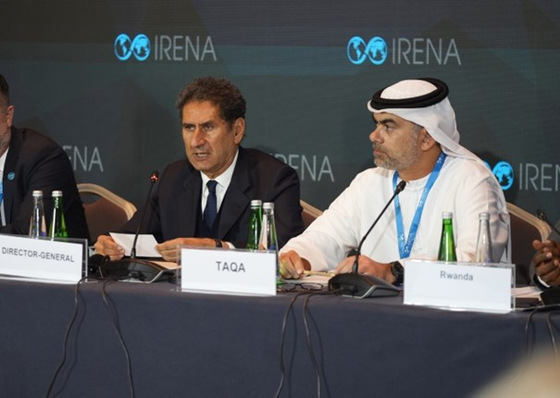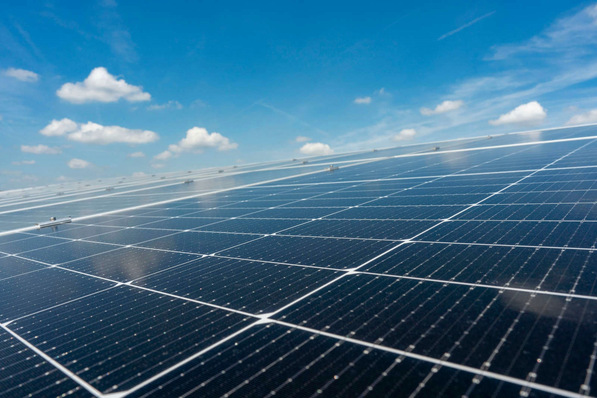In just a few years, the threat of an “electricity shortfall” will be imminent, due to the planned nuclear and coal phase-out and a growing demand for electricity as a result of the greater electrification of the mobility and heating sector, warn market researchers. Only if photovoltaic systems are significantly expanded from 2020 onwards and are flanked by sufficient storage capacity, will the security of supply and climate protection be equally guaranteed. This emerges from the first results of a study by the market and economic research company EuPD Research. In the renewable energies sector, with the exception of photovoltaics, there is no technology available that can be expanded in large quantities in the short term. As a rule, hurdles for long-term approval and grid connection procedures, such as in the wind sector, do not exist for solar systems.
Increasing electricity demand also due to Power-2-x and sector coupling
With the shutdown of the last active nuclear power plants and the already decided coal phase-out, half of the current generation capacities in the electricity market must be replaced in the medium term. A massive decline in electricity generation will, according to the experts' calculations, coincide with the growing demand for electricity in Germany. Despite an increase in energy efficiency, this will increase significantly as a result of increasing electrification of the mobility and heating sector as well as the use of hydrogen or synthetic gas in the context of Power-to-X solutions.
162 GW new PV installed by 2030
Based on the analysis of various scenarios, the report of the Bonn market researchers “Energy transition in the context of the nuclear and coal phase-out - prospects in the electricity market by 2040” comes to the conclusion, that by tripling PV power by 2030, the impending electricity shortfall could be avoided. This will require 162 gigawatts (GW) of PV power to be installed by 2030. At present, approx. 1.7 million solar power systems with a peak output of approx. 48 GW are installed in Germany, which cover about eight percent of electricity consumption. Good market availability, the lowest electricity generation costs in the power station sector, very high acceptance levels among the population and a comparatively short installation time allow a significantly faster expansion of photovoltaics.
Thirty-fold of short-term storage by 2040
The compensation of fluctuating solar power generation requires a significant increase in storage capacity for short-term and seasonal compensation. According to calculations, the capacity of short-term storage must increase at least thirty-fold by 2040. For seasonal electricity storage, the challenge exists of building up electrolysis capacity in the double-digit gigawatt scale.
“Climate crisis or electricity shortfall? This question does not arise when market barriers for solar en-ergy are torn down and expansion targets for photovoltaics are raised rapidly. Then, solar energy expansion can keep pace with the nuclear and coal phase-out and, together with other renewable ener-gies as well as significantly larger storage capacities, will ensure the security of supply in a climate-friendly way,” states Carsten Körnig, Managing Director of the German Solar Industry Association e.V. (BSW) convincingly. He appeals to the Federal Government to make appropriate decisions on 20 September as part of the Climate Cabinet and finally eliminate the 52 GW solar limit in the EEC without replacement. This would otherwise be reached in the coming year.
It was only at the beginning of September that the 14 German research institutes that had joined the Renewable Energies Research Network had urged politicians and the public to accelerate PV expan-sion significantly and pointed out that the production limit from 2012 diametrically opposed the German climate protection goals and had to be eliminated quickly to prevent a significant market collapse in solar energy.
Comprehensive transformation of energy systems
“Our study provides evidence that photovoltaics has a central role as a renewable energy source in the energy transition in Germany. Photovoltaics is technologically advanced, available in the mass market and can be used in a cost efficient way, as the results of tenders of recent years demonstrate impressively. As one of the oldest solar markets in the world, Germany has extensive experience both in the trades and users but still has a low saturation rate,” Markus Hoehner, founder and CEO EuPD Research, describes the future role of photovoltaics.
“We are in the midst of a comprehensive transformation of energy systems. This transformation process urgently needs reliable and clear political framework conditions - only then will new growth opportunities and sustainable business models be created for industry, trade and business,” adds Markus Elsässer, Managing Director of Solar Promotion and initiator of the platform for the new energy world The smarter E Europe. (HCN)







